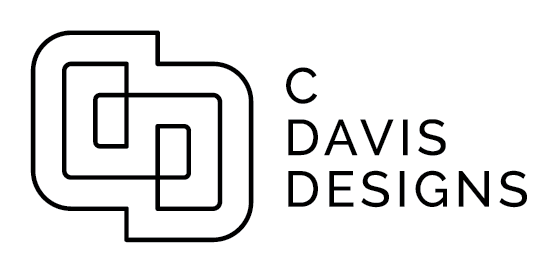CREDO came to C Davis Designs looking for an altogether new identity. As an education research company aligned with Stanford University, CREDO sought to truly define themselves graphically for the first time in their 12 years. The group is influential in setting education policy and needed an identity that was unique yet within the bounds of the education research community. We provided them initially with the logos, colors, typefaces, and importantly, the instructions for establishing their new identity.
Impressed with our initial work, CREDO also requested business cards, letterhead, note pads and note cubes, as shown above. Well beyond that, they also commissioned C Davis Designs to create interactive graphics to help explain their groundbreaking reports on education. Because their work is highly detailed and involves a great deal of technical analysis it can be difficult to understand. These infographics are a sampling of fifteen in total that were designed in 2013 and 2015 to make the data more accessible to policy makers and influencers. These infographics are interactive, allowing users to skip from slide to slide though they are shown as videos here for presentation purposes.
2015 interactive motion graphics
The first slide demonstrates how the charter schools perform at teaching math. The initial bar graph shows the aggregate of schools around the country compared to Traditional Public Schools (TPS) on average. All measurements are in standard deviations.
The seconds slide shows how charter schools break out by region on the y-axis when compared to their state averages. Their circles are value coded with lighter colors showing relative learning gains and darker showing relative learning losses. The x-axis then appears an d demonstrates where each of the urban areas fall according to their state average. For example, we can see that Boston charter schools create exceptional learning gains compared to the rTPS peers, however Boston schools on average perform far below their state average. The opposite is true of Mesa where the charter schools are having a negative effect compared to their intra-city TPS peers although Mesa schools on average out perform the statewide peers.
The infographic below shows the variation and tendencies with regard to "mining" or "cream skimming" students. The terms refer to whether schools are recruiting higher performing students from other schools in order to boost their average test scores.
The first slide reveals the mining.skimming scores for each urban area for students going from TPS to charters on the left and for students going from TPS to other TPS on the right according to where the students fall compared to their state's averages.
The second slide examines the same phenomenon but with greater granularity by charting the students entering charters or TPS from the schools that feed into them. We can see here that Atlanta charter schools are attracting higher performing students while their TPS counterparts are attracting lower performing students. The opposite is true of California'a's Bay Area Schools.
2013 interactive motion graphics
CREDO continues to get feedback from people about how this graphic finally helps them understand Virtual Control Record (VCR) methodology for statistical analysis. While control groups are great for most science experiments, they are frequently either impossible or unethical for human test subjects. CREDO uses the VCR technique to create "Virtual Twins" to study. The motion graphic describes what goes into defining twins for the purposes of their studies.
